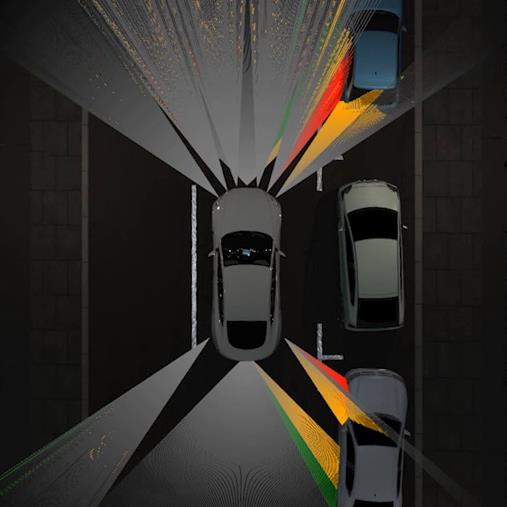Current AV and advanced driver assistance systems (ADAS) sensors cannot dependably identify objects in darkness and through smog, inclement weather, shadows and sun glare. Thermal cameras, however, can effectively detect and classify objects in these conditions. Integrating FLIR Systems’ thermal sensor into ANSYS VRXPERIENCE, will enable engineers to simulate thousands of driving scenarios across millions of miles in mere days and reduce physical prototyping.
Engineers can also simulate uncommon and difficult scenarios where thermal excels, including wildlife encounters and distinguishing pedestrians from other roadway objects in low-contrast environments. The new ADAS solution will slash OEMs’ development time by optimising thermal camera placement for use with systems such as automatic emergency braking (AEB) and within future AVs for the critical aspect of pedestrian detection.

“Combining FLIR Systems’ cutting-edge automotive thermal cameras with ANSYS’ industry-leading solutions will further improve road hazard detection, helping vehicles sense objects four times farther than the illuminating distance of typical headlights,” said Paul Clayton, general manager at FLIR Systems. “Enabling engineers, automakers and auto suppliers to rapidly simulate and test countless scenarios greatly reduces reliance on physical prototype testing while cutting development costs and the time required to test. This results in increasing the adoption of thermal technology in automotive safety to help save lives and livelihoods.”
“FLIR Systems’ automotive thermal cameras enhance the safety and reliability of ADAS, creating smarter AVs that improve decision making in challenging road environments,” said Eric Bantegnie, vice president and general manager at ANSYS. “Leveraging ANSYS’ solutions will enable FLIR Systems to design groundbreaking thermal cameras and empowers automakers to speed the creation and certification of AVs.”









